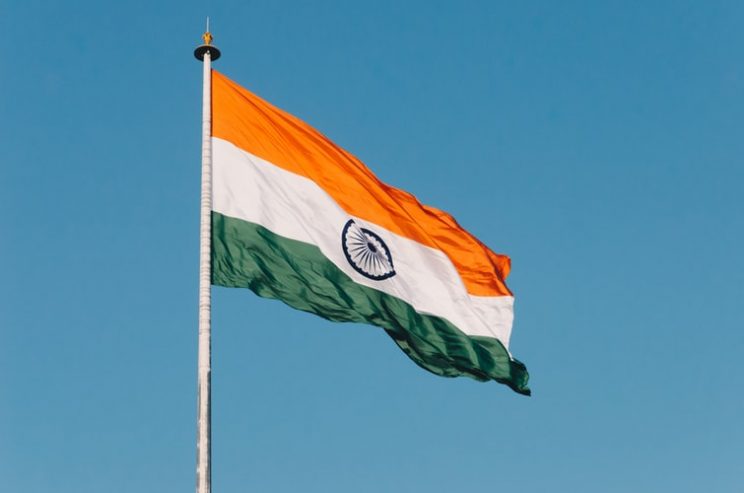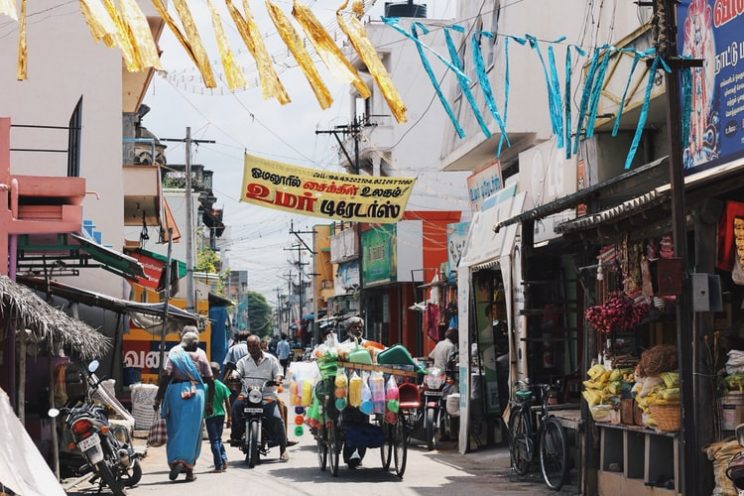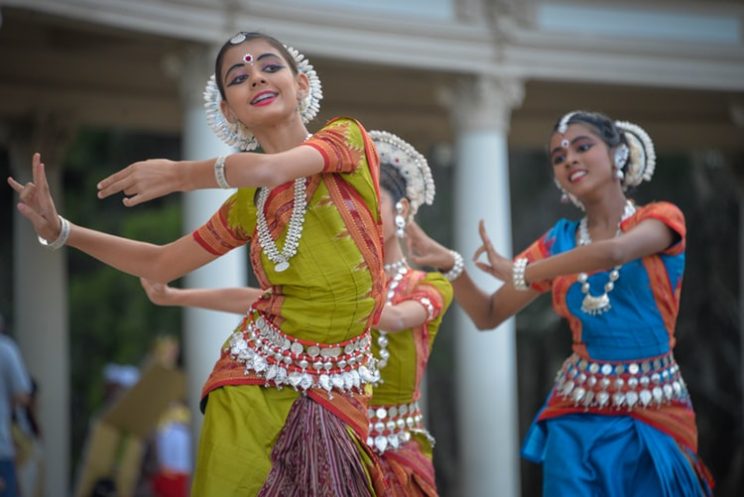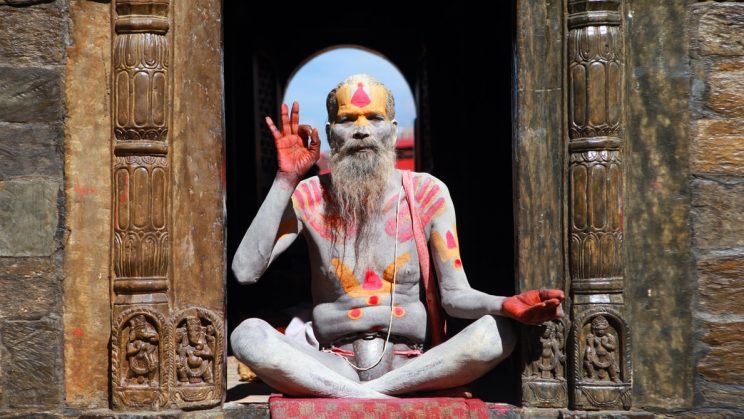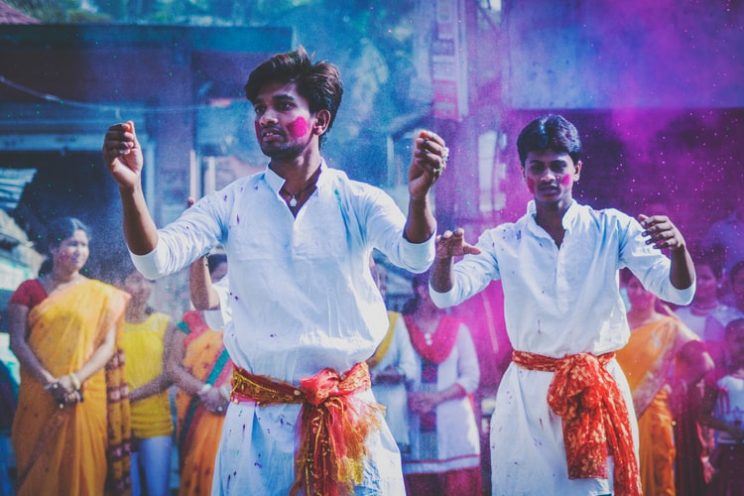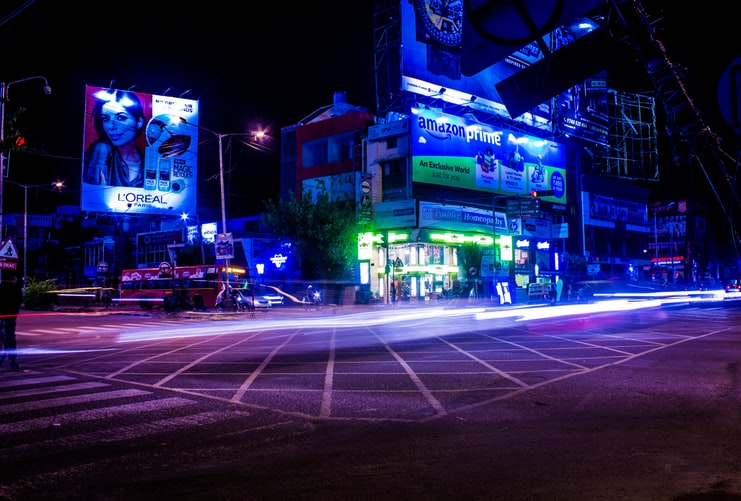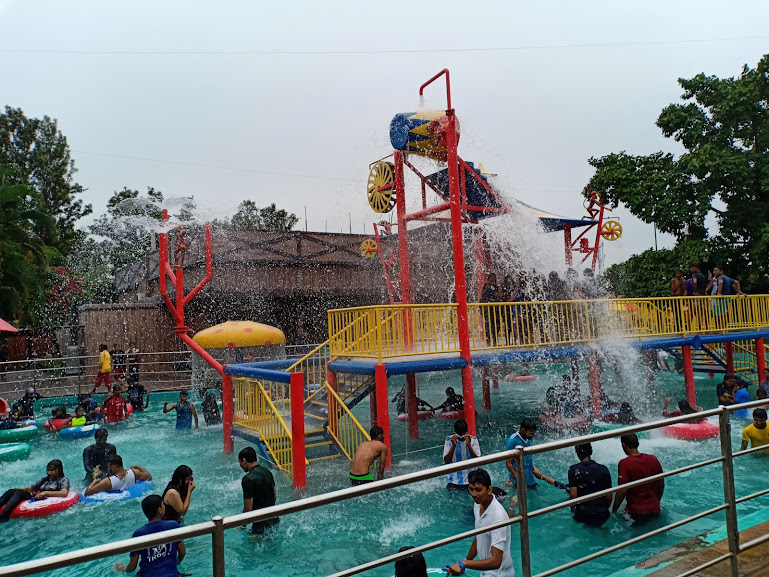India continues to be one of the world’s top destinations for travellers, many of whom return time and again. But, while it’s a welcoming and open country, it also possesses a very distinctive culture. Too often, first-time visitors neglect to look into these differences, and it can easily negatively impact their experience.
If you’re planning on heading there in the near future, we’d always recommend doing some research. The good news is, it will make for good reading – the story of India is one of the richest in world history. But to whet your appetite, here are five things you may not (yet) be clear on:
1. Regions
The first mistake would be to treat a country of over a billion people – with the seventh-largest land area in the world – as a place in which the same norms apply everywhere. And, India is so vast that any one trip is only likely to take in a few of its many regions at a time.
It’s also a federation of 29 states, meaning these regions are partly self-governing – and so the rules imposed can vary somewhat across the country. So when you do your research, make sure you’re focusing on the particular area or areas you’ll be staying.
2. Etiquette
For all the regional differences, though, there are certain behaviours your hosts will likely appreciate – and others you should know to avoid.
First of all – regardless of whether you’re left or right-handed, Indians shake hands with the right. This is because the left is associated with toilet usage. It’s also considered impolite to touch someone else with your feet – indeed, try not to angle the soles at others. And you’ll be expected to remove your shoes before entering a home or sacred space.
3. Religion
As you’ll probably be aware, the majority of Indians are Hindus, but there are also a sizeable proportion of Muslims. How you’re greeted will give you an idea – ‘namaste’ is the traditional Hindu greeting, while Muslims will tend to begin with ‘salaam alaikum’.
India was the cradle of many of the world’s most successful religions, and you may well also meet Sikhs, Buddhists and Jains on your travels – so it’s worth knowing a little about each (even though there are actually more Christians in the country than any one of these minorities these days).
4. Seasonal
Just as knowing the difference between regions may guide your decision where to go, so having an idea of India’s seasons – and many great seasonal festivals – may influence when in the year you prefer to be there.
For instance, the colourful celebration of Holi takes place in February or March, while Diwali’s illuminated nights arrive in October or November. And, if you want to see some of the best public pageantry the country has to show, December is Wedding Season, when you’ll witness parades of horses and drummers, the lighting of symbolic flames and family parties that last for days.
5. LGBT+
India is a modern country and has progressed somewhat toward equality in the last decade. But it can also be a conservative culture in which public displays of romantic affection are not particularly encouraged whatever your orientation.
Due to the indigenous hijira population, there’s been a legal recognition of a third gender for some time but, again, trans visitors are encouraged to be careful. Thankfully, there are at least an increasing number of resources to consult before travelling or while in-country.

